
The Right Honourable Mary Simon aims to be an Arctic fox
Canada’s first-ever Indigenous governor general doesn’t play favourites among our majestic natural wonders, but she...
Two years after B.C. legislated the United Nations Declaration on the Rights of Indigenous Peoples (UNDRIP), busloads of RCMP officers arrived on Wet’suwet’en territory in northwest B.C. They were there to enforce a civil injunction against land defenders acting on the authority of Wet’suwet’en hereditary chiefs to prevent the Coastal GasLink pipeline from being built on unceded Indigenous land.
The ensuing conflict saw more than 30 people, including journalists, arrested.
For those who, on Nov. 26, 2019, celebrated the introduction of B.C’s landmark legislation — the Declaration on the Rights of Indigenous Peoples Act (DRIPA) — the events cast a deep shadow over B.C.’s stated commitment to reconciliation.
“It’s mind boggling that things are so much the same as they always have been, when, on the face of it, the law requires such a radical change,” Merle Alexander, lawyer at Miller Titerle Law and a hereditary chief of Kitasoo Xai’xais First Nation, told The Narwhal in an interview.
Alexander, who co-drafted the legislation and continues to be closely involved with questions of its implementation in the province, said the moment the declaration passed into law, “the optimism was so great.”
But two years on, the province has made little substantive change.
The mandate of the legislation is to “take all measures necessary” to bring all B.C. laws into alignment with the UN declaration’s principles. It’s no small task — there are over 5,000 laws in the province — and Alexander acknowledged the challenge but said he’s disappointed in the lack of progress. He noted the recent announcement of an amendment to the Interpretation Act makes it clear provincial laws uphold and do not diminish the rights of Indigenous Peoples.
“I don’t think that First Nations expected things to dramatically change overnight, but it’s also taken two years to create one clause in one B.C. statute,” he said.
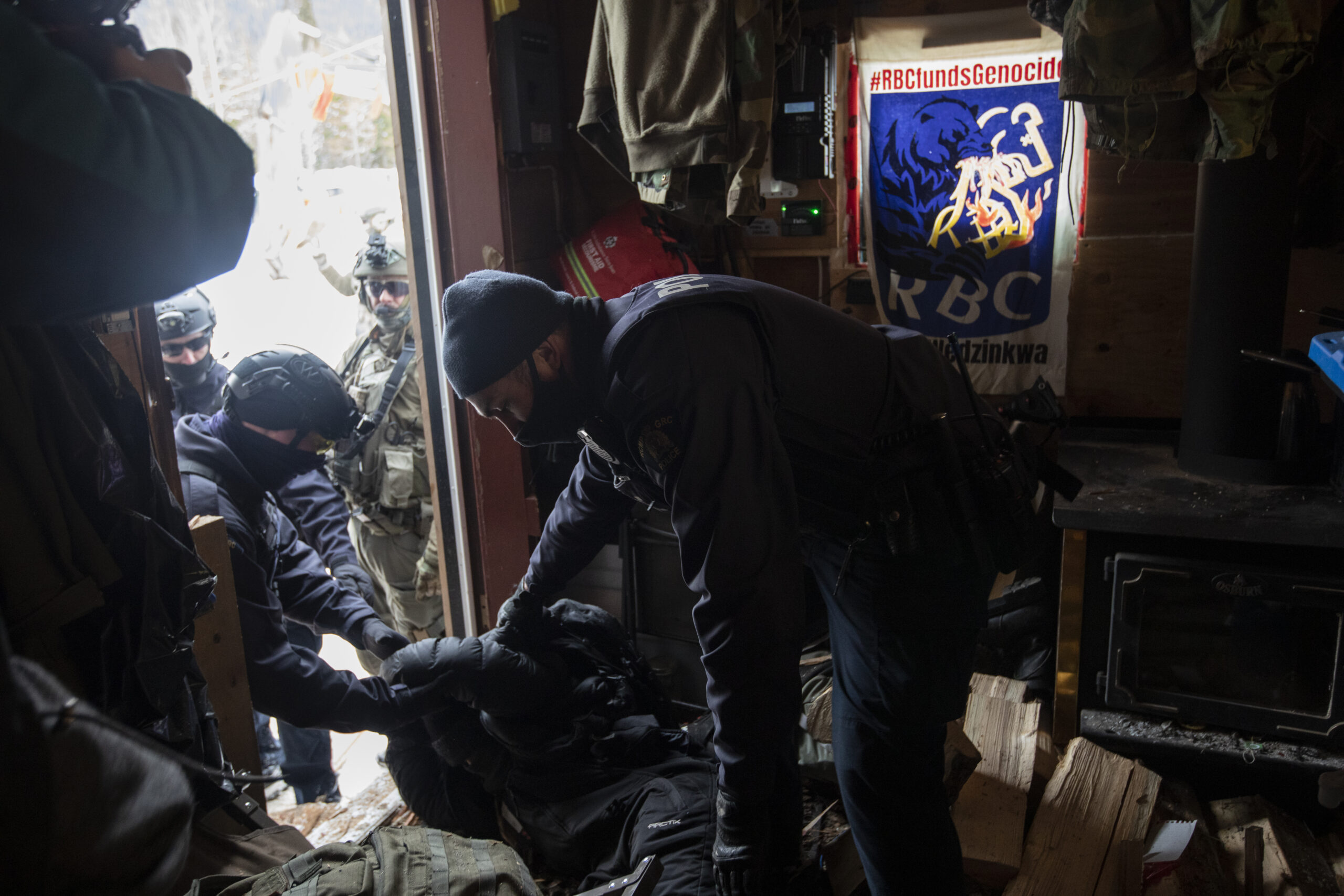
The province also introduced an amendment to the B.C. Human Rights Code, which adds Indigenous identity as protected from discrimination.
“The [United Nations] declaration sets out the minimum standards for the survival and dignity of Indigenous Peoples,” Kukpi7 Judy Wilson, secretary-treasurer with the Union of BC Indian Chiefs, said in a statement. “Indigenous Peoples are facing major threats to the survival of our peoples and our way of life. In many areas of law and policy this has not been fully understood, leaving us exposed to incredible risk in the face of health pandemics, climate change, removal of our peoples from our traditional territories and waters and the lingering discrimination and sexism faced by Indigenous women and girls [and] LGBTQ2S+ [people].”
She said the Union of BC Indian Chiefs welcomes the reforms but added, “we have to double down on the hard work to make real progress and switch from simply promoting the rights of Indigenous Peoples, to implementing the rights of Indigenous Peoples every day in all areas of life in British Columbia.”
Murray Rankin, Minister of Indigenous Relations and Reconciliation, declined an interview but provided The Narwhal with a statement.
“Currently, we are finalizing an action plan under the [Declaration on the Rights of Indigenous Peoples Act], in consultation and cooperation with Indigenous Peoples in B.C.,” he wrote. “The final action plan will provide a province-wide, whole-of-government roadmap over the next five years to advance reconciliation and implement the [United Nations] declaration in B.C.”
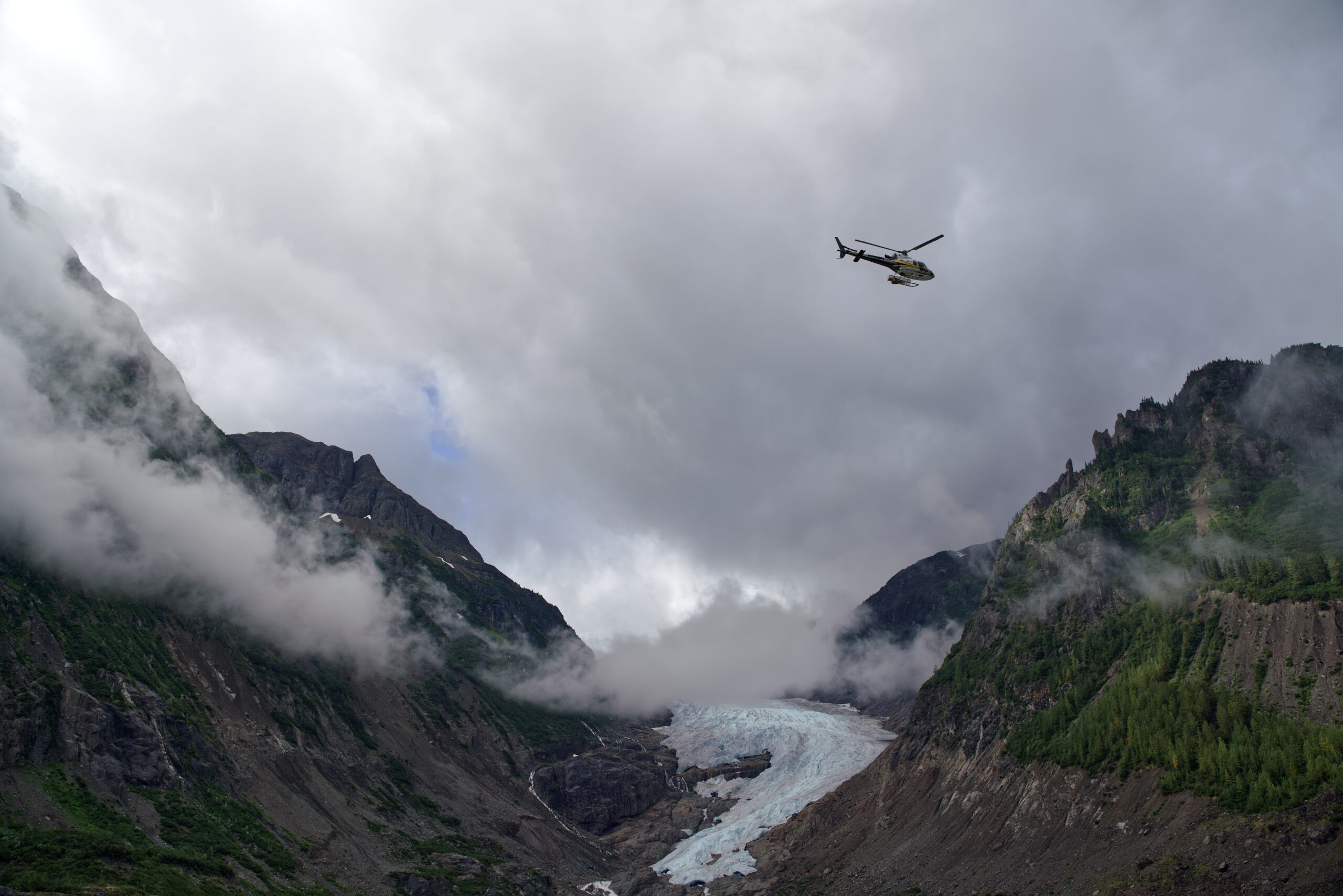
A draft action plan was released in June 2020, and the province is currently reviewing the feedback it received.
“The final action plan will describe the shared long-term goals and outcomes needed for the provincial government to meet the objectives of the [United Nations] declaration over time and outline specific actions the province will take in consultation and cooperation with Indigenous Peoples in B.C. to advance the implementation of the [United Nations] declaration,” the minister noted.
Critics point out the draft lacks tangible plans to explain how the province will meet its lofty goals.
“When you look at the actual actions that they’re planning to introduce in the next five years, nowhere is any plan about how they’re going to do this huge legislative reform initiative that’s really unprecedented,” Kris Statnyk, a lawyer and member of the Vuntut Gwitchin First Nation who lives on Gitxsan territory in northwest B.C., told The Narwhal in an interview.
One of the key principles of the declaration is free, prior and informed consent — initially a sticking point for many critics who focused on whether guaranteeing consent equates to giving ‘veto powers’ to Indigenous people and First Nations.
Alexander and others explain that when it comes to the issue of consent in the context of respecting Indigenous Rights, it is about agreement and solutions — not a means of jurisdictional override.
“Consent is the future and, most simply put, it’s about coming together as governments, as people seeking to find common ground,” Terry Teegee, regional chief of the B.C. Assembly of First Nations, told the legislature in 2019.
Eugene Kung, staff lawyer with West Coast Environmental Law, explained the difference between obtaining consent and granting veto powers in a summary published following the introduction of B.C.’s declaration act.
“Veto is about unilaterally overriding a decision made by someone else, whereas consent means recognizing that the consenting party has self-determination to make an informed decision about a matter affecting them,” he wrote.
While the elected chiefs and councils on Wet’suwet’en territory signed agreements with the province and the proponent in support of the Coastal GasLink pipeline, the hereditary chiefs maintain they have never given consent to the project and continually refer to Delgamuukw v. British Columbia, a 1997 federal Supreme Court ruling, which confirmed the Wet’suwet’en never gave up their Rights and Title to the land and that hereditary chiefs are responsible for overseeing 22,000 square kilometres of territory. Wet’suwet’en hereditary leadership say elected chiefs and councils only have decision-making authority over reserve lands within the territory.
While the Wet’suwet’en hereditary chiefs have been consistent and vocal in their opposition to the project, the province of B.C. granted Coastal GasLink approval for the pipeline and the B.C. Supreme Court authorized the injunction against pipeline opponents on behalf of the company.
For Wet’suwet’en hereditary chief Dsta’hyl Adam Gagnon, that incongruity between rulings from the Supreme Court and lower courts is indicative of a failed system.
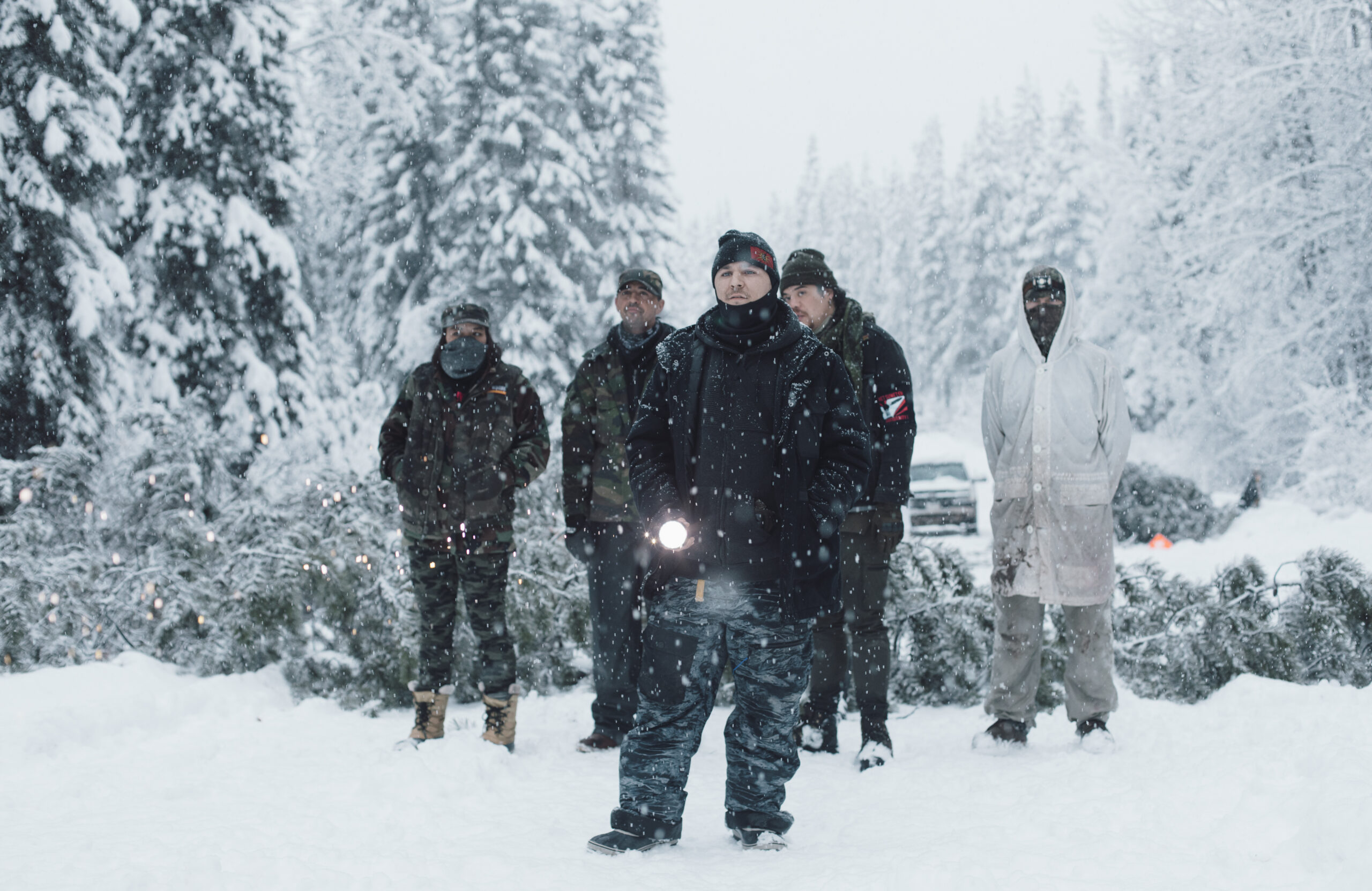
“It’s a complete miscarriage of justice,” he told The Narwhal in an interview. “We have the Supreme Court of Canada giving us Delgamuukw, saying that our Title and Rights have never, ever been extinguished. And the Crown has been ignoring that.”
“The Crown doesn’t comply with existing case law,” Alexander said. “First Nations have been trying to educate the province that the law is actually binding upon them, that they need to change the way they’re conducting themselves.”
The recent police action on Wet’suwet’en territory is the third time in three years heavily armed officers of the RCMP’s emergency response team and community-industry response group were deployed to the remote area to forcibly remove Indigenous land defenders and supporters.
Alexander said it’s an apt illustration that what little change has occurred since the bill passed into law hasn’t happened where it’s most needed.
“The province has been making a conscious decision to try and take on more social policy issues for UNDRIP compliance than taking on lands- and resource-based issues, which really doesn’t make any sense, because all the conflict is occurring in lands and resource areas.”
In the province’s first annual report on the declaration act, Premier John Horgan was quick to point out the impacts of the COVID-19 pandemic.
“While the global pandemic has changed many things, we remain focused on our work to make tangible and real progress on reconciliation as we restart B.C.,” he wrote. “We have come together and focused on what we need to do to stop the spread of this virus. This does not mean our work has stopped in other important areas to advance reconciliation. In fact, our work to weather the pandemic together has reinforced our commitment to creating a better B.C. for everyone.”
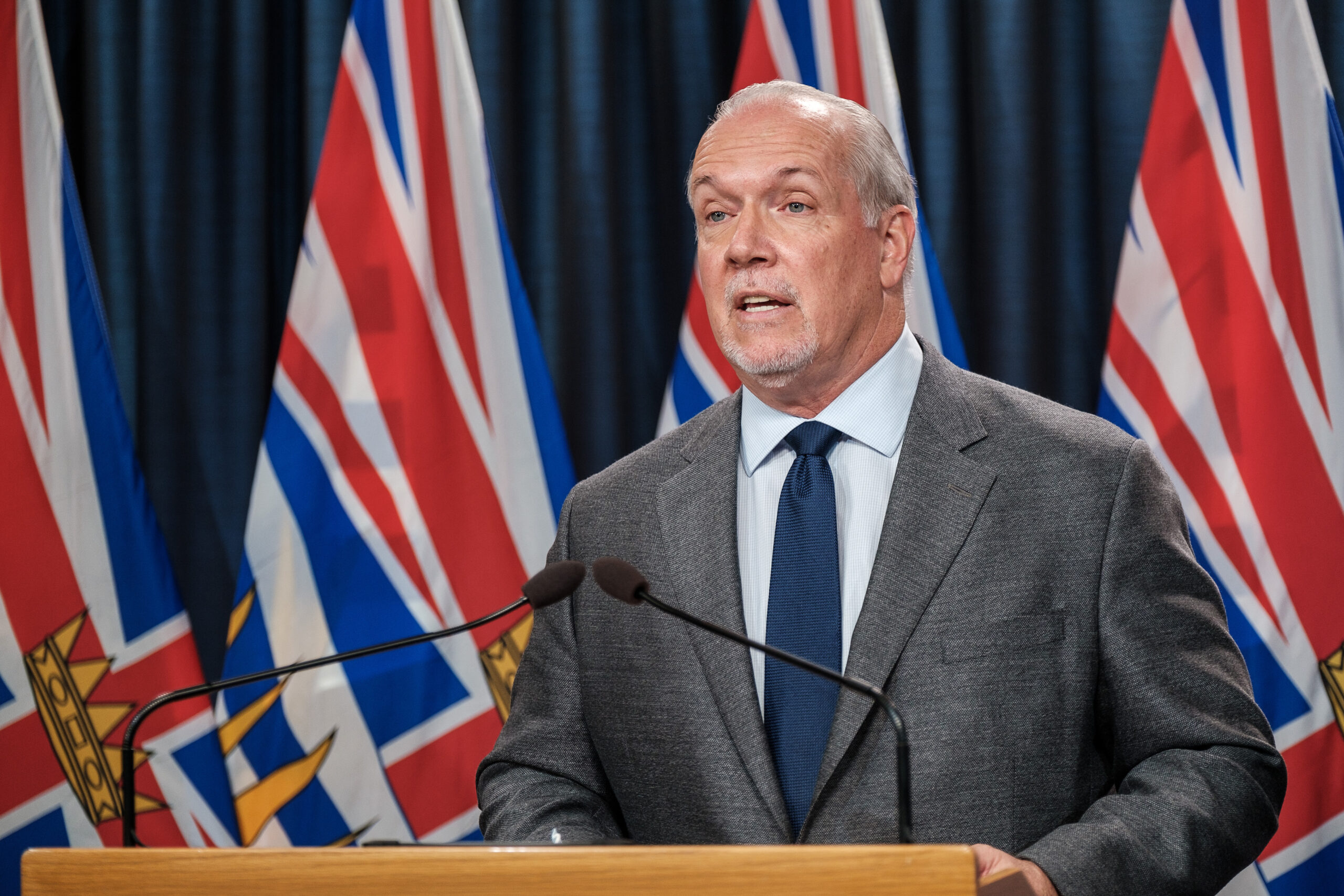
Alexander said he’s not buying it and called out the province for using the pandemic as an excuse for a “justifiable infringement.”
“What First Nations in B.C. have been experiencing for the last two years is this complete disconnect where the bureaucracy has been operating at arguably a lower duty to consult standard, because of COVID.”
He added there are currently hundreds of cases in the courts filed by First Nations who allege they were not adequately consulted before projects were approved.
Gavin Smith, a lawyer with West Coast Environmental Law, said cases concerning consultation, or a lack thereof, have been in the courts long before the pandemic.
“The foundational case in which the Supreme Court of Canada set out the Crown’s duty to consult and accommodate was Haida Nation in 2004, after which there was a flurry of litigation for over a decade to define what that actually looks like in practice,” he told The Narwhal in an email.
The Haida ruling noted the federal and provincial governments have a responsibility to facilitate a “meaningful process of consultation in good faith” with Indigenous Peoples and “cannot cavalierly run roughshod over Aboriginal interests.”
“In the B.C. context (and now federally), the duty to consult should be informed by the Crown’s legal commitment to implement UNDRIP,” Smith wrote.
Yet, as Alexander pointed out, what constitutes consultation varies and in some cases — including when it comes to forestry and mining permits and amendments to those permits — an emailed statement of proposed activity is viewed as sufficient by the province.
“Consent within the consultation framework is still going to be reactive versus a co-jurisdiction environment, where you realize that it has to be a standalone approval, not just a, ‘Did you consult, did you give them notice?’ type approach.”
Bud Napoleon, a Dunne-zah/Cree trapper, former Chief of Saulteau First Nations and the first Chief of the Treaty 8 Tribal Association, told The Narwhal he’s been fighting for meaningful consultation since the 1970s. He noted that when it comes to consultation, the process can often feel too rushed to be meaningful.
“When it comes to consultation, we wanted to have adequate time,” he said in an interview. “Our First Nations, years ago, the Elders and their Elders, were pretty nomadic so there’s many areas they had gravesites.”
He said without time to talk to the Elders and physically go out on the territory, those graves would be destroyed. Napoleon added the knowledge held by land-users is invaluable when it comes to assessing potential impacts.
“If necessary, we can go to this person’s trapline and walk through it all and the owner of the trapline can tell us what needs to be done or what needs to be protected.”
Another challenge has been the question of who is responsible for consultation. While the Haida court case made it clear that consultation cannot be delegated, common practice under B.C. regulations is for project proponents to take on the lion’s share of engagement with Indigenous communities.
The Wet’suwet’en conflict with Coastal GasLink is an example of how consultation can be delegated to companies, Sleydo’ Molly Wickham, a wing chief of Cas Yikh house of the Gidimt’en clan, told The Narwhal in an interview. While the heart of the Coastal GasLink conflict is about consent, not consultation, the responsibility of the latter was shunted onto the company.
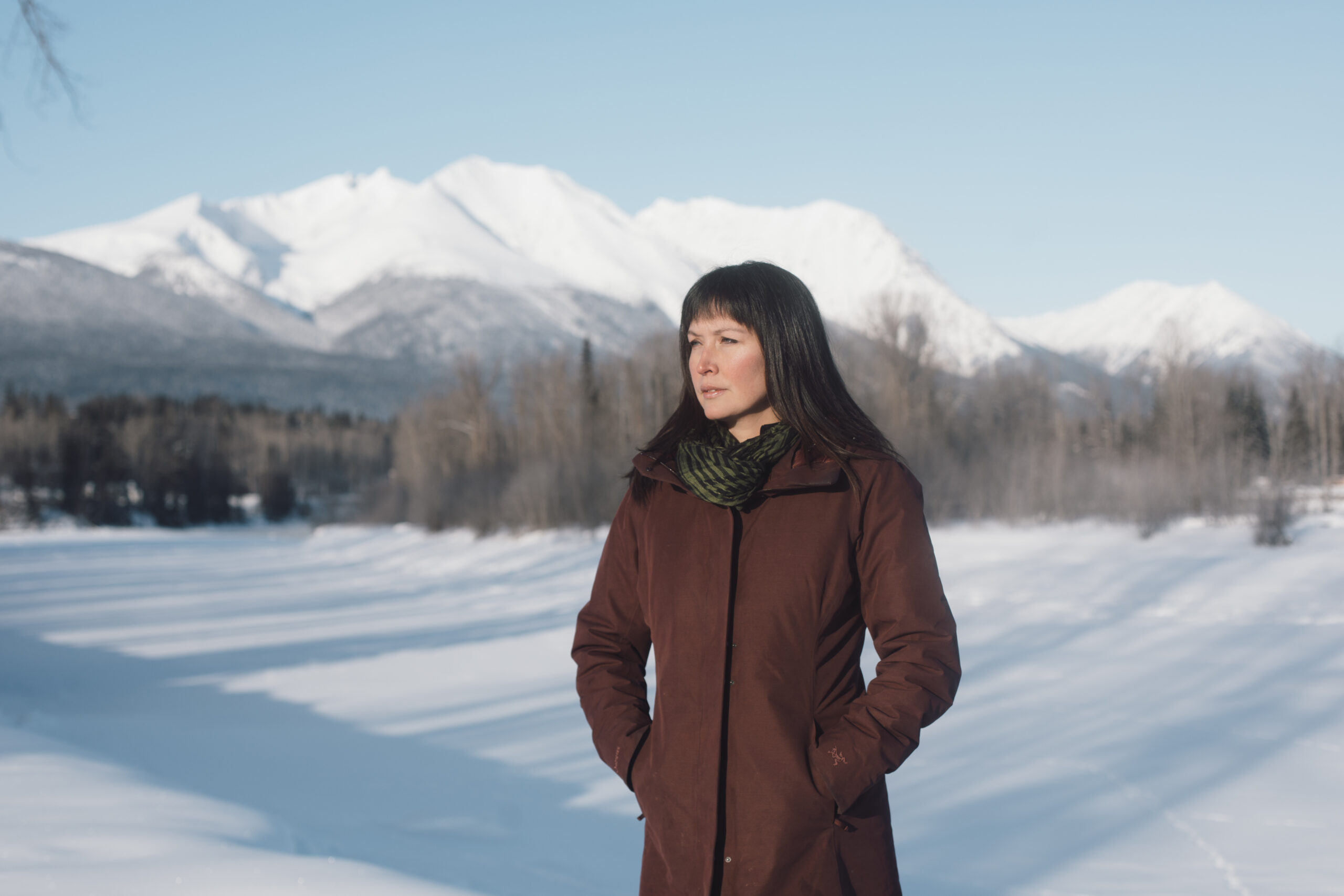
“It’s not [Coastal GasLink’s] responsibility, really, to consult with us,” Wickham said. “The province and the Crown — they’re the ones that legally have the obligation to do that. They’re the ones claiming any sort of authority on our territories.”
“They can’t just have a hands-off approach, they can’t just pass the buck on to [Coastal GasLink] who’s clearly getting clobbered with all of this Indigenous resistance because they don’t have consent to be here. But they’re claiming that they have authorization from the government and the government doesn’t have the authority to give them authorization.”
Coastal GasLink declined to comment on their consultation efforts with the Wet’suwet’en.
Alexander said this practice of sloughing off responsibility to project proponents is standard.
“In a resource context, almost always the proponent and the affected Indigenous Peoples are left with an absentee parent or something,” he said. “I call the Crown the deadbeat dad.”
While B.C. drags its heels on amending provincial laws to uphold the principles of UNDRIP, Indigenous communities are finding other ways to use the declaration act.
“First Nations are going to be forced to use [the act] as a shield or to weaponize it in litigation,” Alexander said.
The Gitxaała Nation, on the north coast, recently launched a Supreme Court case against the province for its failure to align mining laws with the declaration. As The Narwhal recently reported, the province granted mineral tenure claims on Gitxaała territory without consulting or informing the Nation.
“I don’t see how one can reconcile the sovereignty of Indigenous people with Canadian sovereignty, and proceed to basically dismantle their governance and their title system with a statute like this that doesn’t seek any type of consultation or consent or even notification before mineral interests are transferred,” Lisa Fong, legal counsel for Gitxaała, told The Narwhal in an previous interview.
Under the Mineral Tenure Act, which has its origins in the 1850s, anyone can register as a “free miner” and stake a claim on Indigenous land. Mineral staking across the province — even in unceded Indigenous territory — can be conducted online, through a provincial website. The cost is $1.75 per hectare.
A recent report co-published by MiningWatch Canada and the BC Mining Law Reform Network, highlighted eight instances of mining-related conflicts on Indigenous territories, including the Gitxaała case.
“To avoid future conflicts and uncertainty for all parties, the B.C. government must prioritize reforming these laws to be aligned with DRIPA throughout the lifecycle of mines,” the report said.
The Nuxalk Nation on B.C.’s central coast evicted a mining exploration company from its territory this summer. The company received two five-year permits authorizing exploratory work at a pair of sites near the town of Bella Coola. One of the sites is on Qw’miixw (Mount Pootlass), a glaciated peak not far from the community and above the Nutcicts’kwani (Necleetsconnay) River, a tributary of the Bella Coola River.
“Our fight really isn’t with the company,” Nuskmata (Jacinda Mack) told The Narwhal after serving the eviction. “It’s with the province for issuing these permits. Anybody who has any type of moral fibre to them will understand that this is wrong, and the way that they’re going about it is wrong.”
Further north and inland, Gitanyow hereditary chiefs gathered in August to unilaterally declare the creation of the Wilp Wii Litsxw Meziadin Indigenous Protected Area to ensure unwanted mineral exploration does not impact struggling salmon populations. The claims on Gitanyow territory, as on Nuxalk land, were staked on land recently exposed by glacial recession.
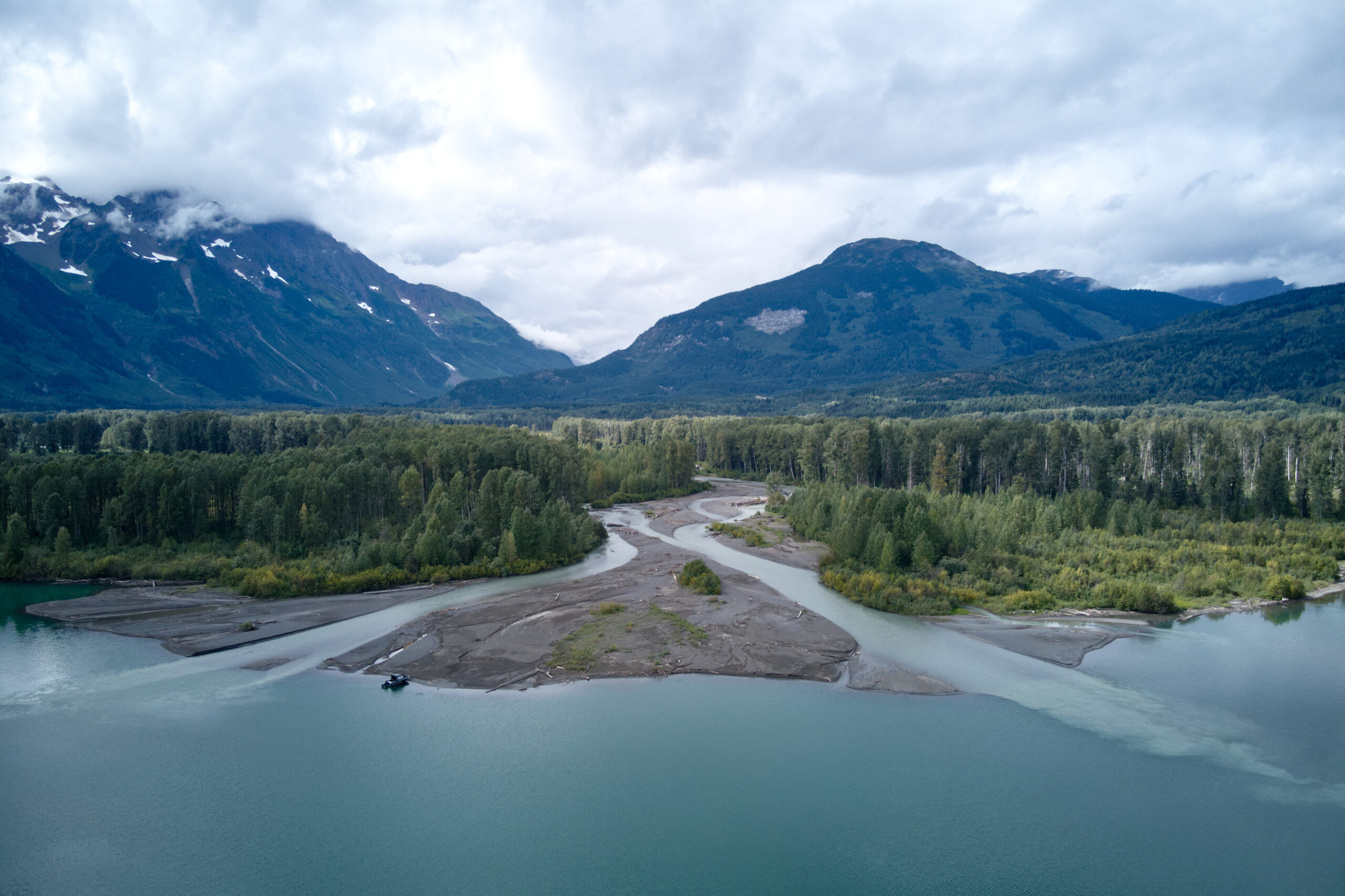
In a Nov. 29 opinion piece published in The Province, Jamie Bonham, director of corporate engagement at NEI Investments, and Katherine Wheatley, manager at Canada’s Shareholder Association for Research and Education, noted Canadian, U.S. and European investors worth around $1.1 trillion in assets are looking to the province to implement UNDRIP as a means to provide certainty for the industry.
“Too many mining companies still behave as if DRIPA doesn’t exist — and it may as well not until the B.C. government takes action to align the province’s mining laws with the act’s free, prior and informed consent provisions,” they wrote.
In the absence of government action, the Tahltan Nation is taking a different approach by working with a proponent to ensure the principles of UNDRIP guide all interactions and decisions.
“The ongoing evolution and growth of the Tahltan Nation shows outside governments, industry and the world how working alongside the Tahltan Nation as true partners can help secure certainty, economic benefits and pride for everyone involved,” Chad Day, Tahltan Central Government president, said in a statement.
The Nation and Skeena Resources, a mining company with interests on Tahltan territory, developed a relationship that led to the company giving up 3,500 hectares in mineral tenure claims to form the Mount Edziza Conservancy.
Now, the company and the Nation are partnering on a project to restart the Eskay Creek mine and are doing so through a consent-based decision-making agreement.
Justin Himmelright, vice president of sustainability with Skeena Resources, said reconciliation is a cornerstone of the company.
“This is the way the future is going and to be a contributor to positive social change, I think is a very wise thing to be doing, from the point of view of sustainability of your industry and sustainability of your project,” he told The Narwhal in an interview.
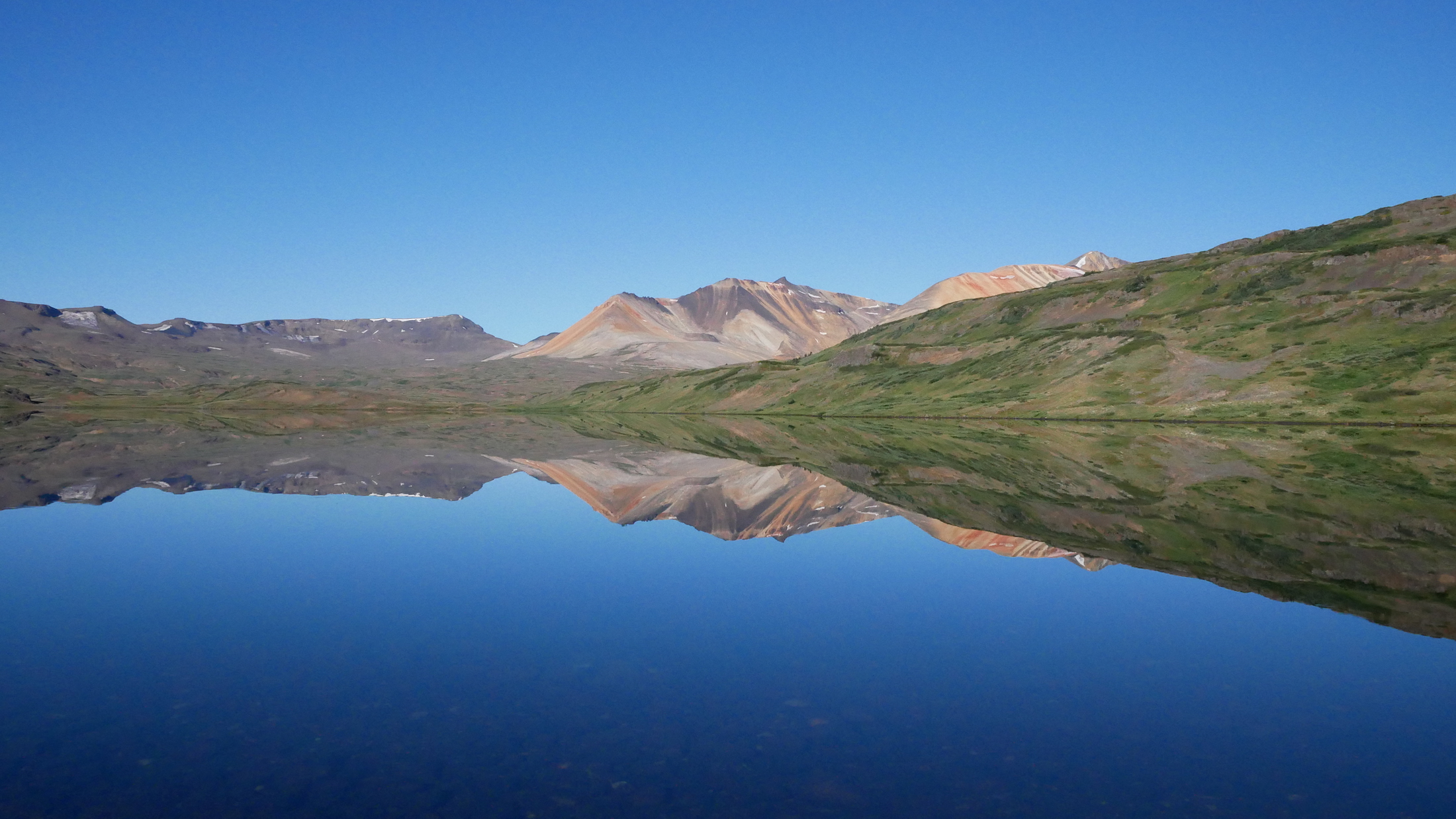
He explained that regardless of moral considerations, getting out in front of the changes that will come eventually makes good business sense.
“Nobody wants to work for the bad guy. The best people want to work for the best company.”
The company has developed a reverse permitting system, where any ideas or plans are first presented to the Nation and agreed on before applying to the province for permits.
Alexander said a similar relationship between a proponent and a First Nation is unfolding on Stk’emlúpsemc te Secwepemc Nation territory. In October, the Nation signed a groundbreaking consent-based agreement with New Gold for a major mine.
“The smartest thing for a proponent is to come into compliance and negotiate a consent-based impact benefit agreement, so that there’s already synchronicity,” he said.
Meanwhile, the province recently put forward a suite of legislative amendments to its Forest and Range Practices Act, none of which bring the law into alignment with UNDRIP.
“Forestry policies — put in place two decades ago — have limited our ability to fight climate change, protect old-growth forests and share the benefits with Indigenous and local communities,” Katrine Conroy, Minister of Forests, Lands, Natural Resource Operations and Rural Development said in a statement on Oct. 20, following the introduction of the amendments to legislature. “By increasing public control between government and First Nations, we’re committed to smarter management of our forests that prioritizes public benefits and engagement now and into the future.”
Charlene Higgins, chief executive officer of the BC First Nations Forestry Council, told The Narwhal the province started its engagement with Indigenous Peoples on the amendments during wildfire season. She said when Nations received notification of the process, many responded to flag their concerns and ask for resources, but never received a response.
“These are very technical changes, and every one of them impacts Aboriginal Rights and governance and stewardship responsibility,” she said in an interview, adding that communities were expected to answer 91 questions during the engagement process. “[Logging] companies are using three to four foresters to answer these questions. Very few Nations have that technical capacity.”
Higgins said complaints about the process are falling on deaf ears, and shared by way of an example a letter sent to the government on Nov. 15 by the Ashcroft Indian Band.
“Efforts of the province to engage with us have been egregious and in bad faith,” the letter stated. “Under the declaration act, any changes being proposed to forest legislation, policies and regulations require our free, prior and informed consent.”
The Ministry of Forests, Lands, Natural Resources and Rural Development told The Narwhal in an emailed statement the province is taking steps to ensure First Nations are able to meaningfully engage.
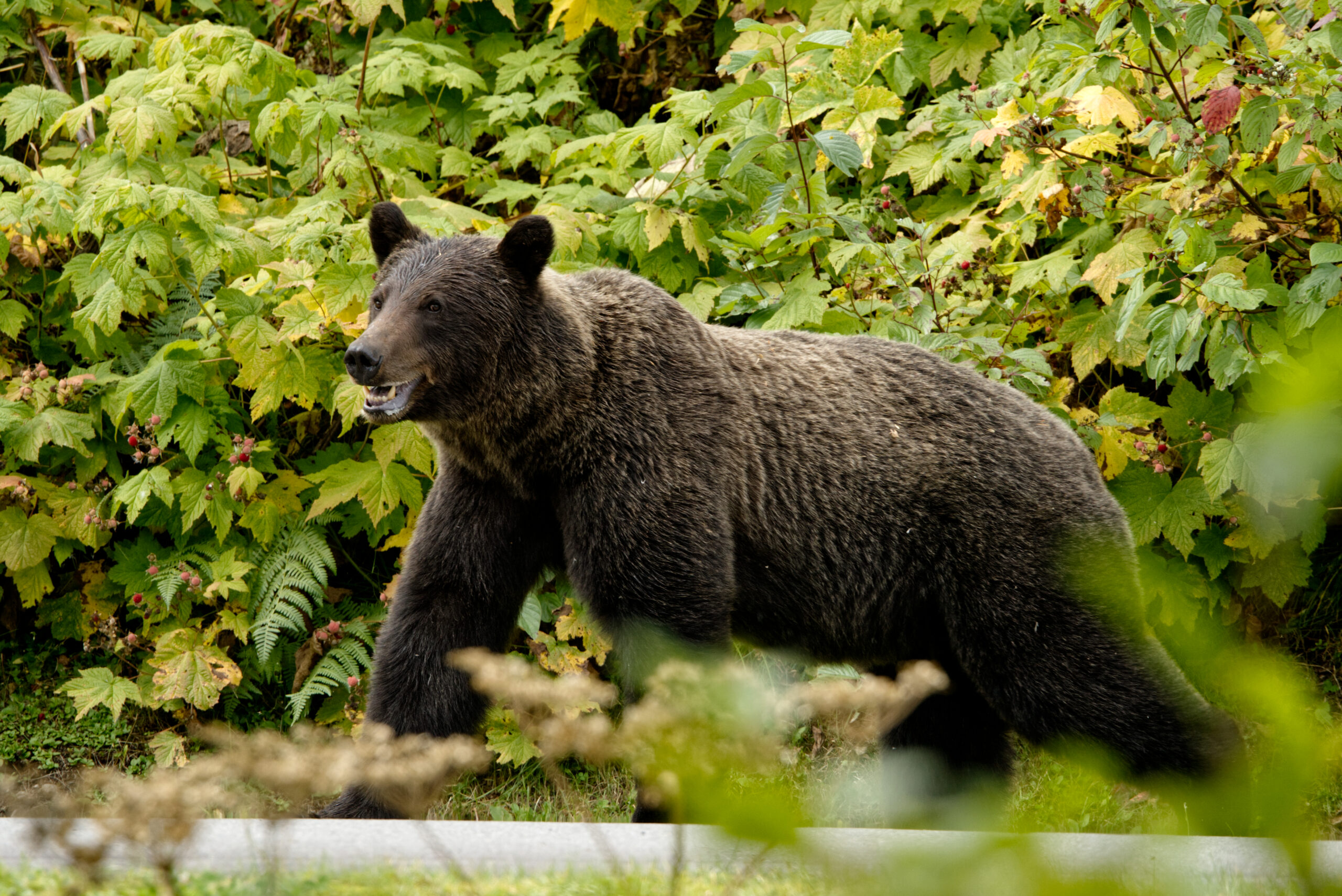
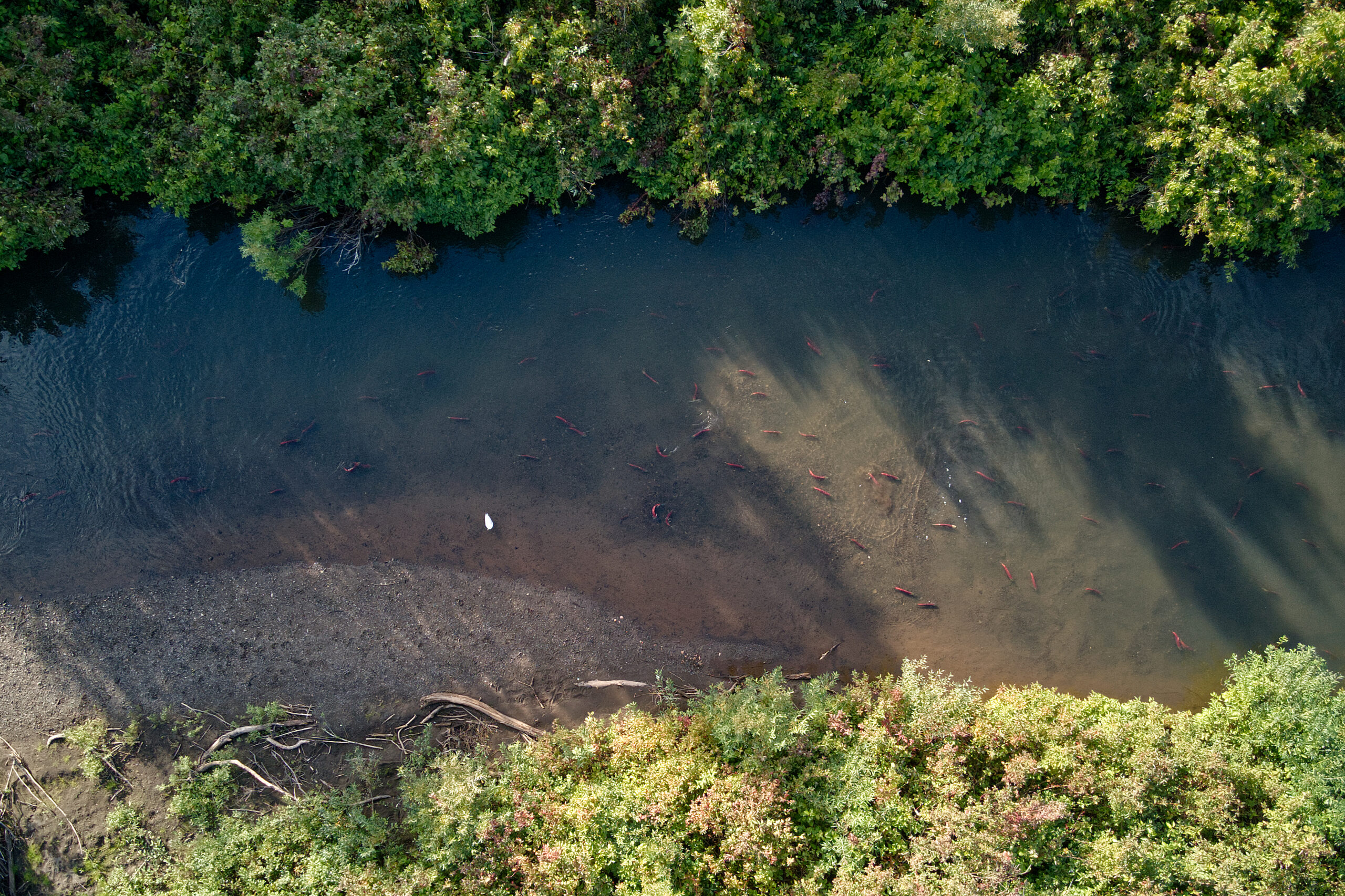
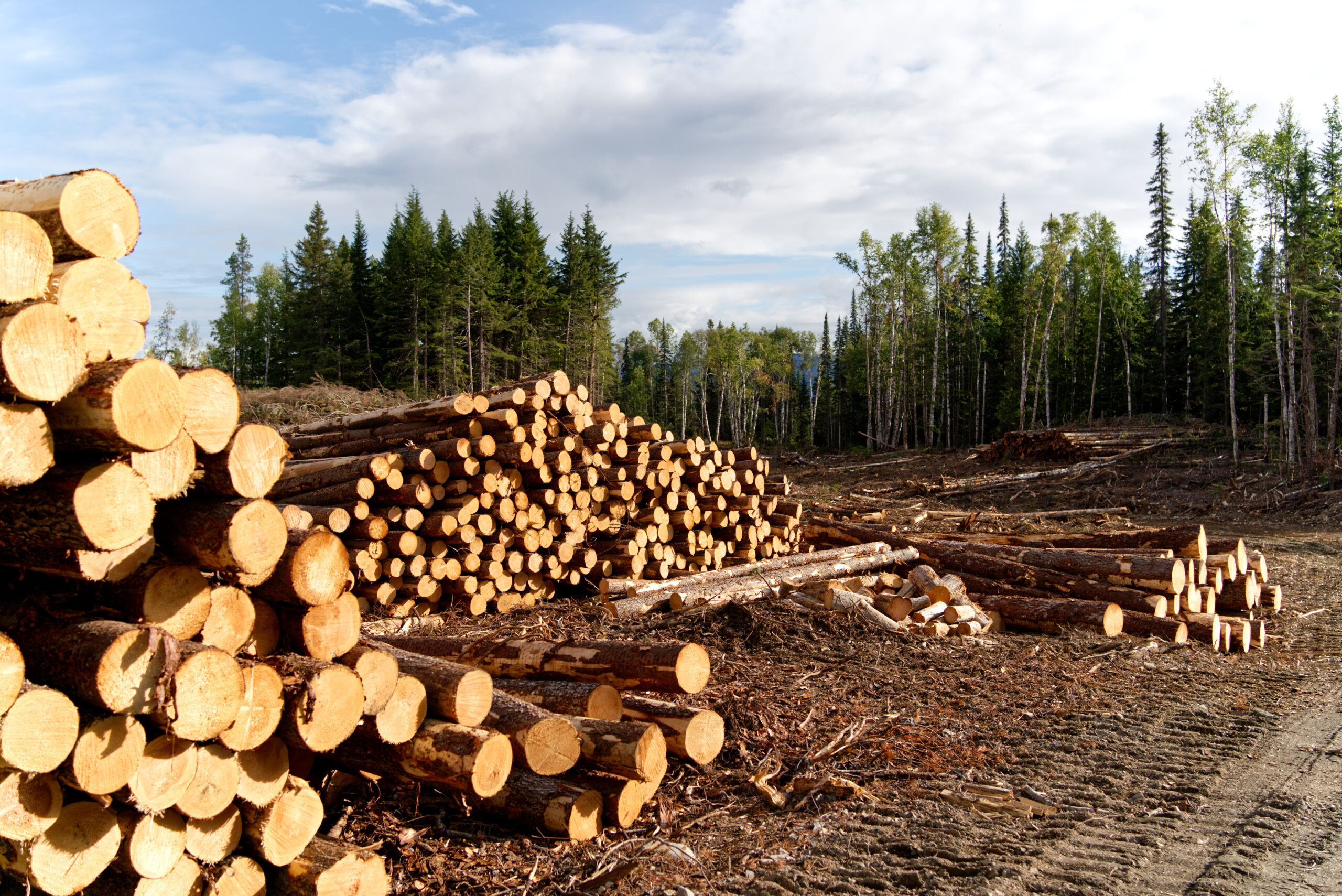
“Engagement will be ongoing as we work to reshape how we care for our public forests and increase participation of Indigenous people in the forest sector,” the ministry wrote. “Changes to the forest act give the province the tools to redistribute timber harvesting rights to First Nations. The province intends to double the amount of forest tenure held by First Nations.”
Higgins said the council requested the province scrap the process and start over.
“We reject the current consultation and call for the redrafting of the intention paper and redesign the proposed consultation and engagement process, to ensure that Indigenous priorities, rights and principles are reflected in changes to modernize forest policies in B.C.,” Chief Bill Williams, president of the council, wrote in a letter to the province dated Sept. 8.
“We’re saying the process is flawed, disingenuous, disrespectful, compressed and expedited,” Higgins said. “This is paternalistic and dismissive of Nations that have expressed concerns with the process and expressed concerns with the whole drafting of the intentions paper that was done totally internally by the province.”
Court cases like Gitxaała’s, and others that may follow, could force the province to implement rapid change.
In June, a groundbreaking Supreme Court ruling found the province guilty of breaching the terms of its treaty with the Blueberry River First Nations in northeast B.C. by permitting and encouraging widespread resource extraction to the point that community members could no longer hunt and fish, practices that are constitutionally protected as Aboriginal Rights. The courts gave the province until the end of the year to chart a path forward on any new projects proposed, a decision that has been lauded by legal experts as a “game changer” for Indigenous Rights.
While court rulings have a role, and it could be significant, Alexander said he finds hope in a growing awareness of the issues at play and of the lack of political will to move things forward. He said the combination of poor consultation practices and hope that provincial and federal governments will live up to their commitments on UNDRIP is striking.
“I believe it’s no coincidence that these two things clash with each other right at the same time, because then the contrast is so stark: the expectation for free, prior [and] informed consent meets consultation happening at the lowest standard, the most impoverished view of consultation. That’s shaping the First Nations leadership of this province.”
For Statnyk, there’s also a stark contrast between provincial actions in other areas and its reluctance to legislate new laws related to UNDRIP.
“I just saw the province really tooting its own horn about passing new laws to protect people getting vaccinated from anti-vaxxer protesters,” he said. “They made this new law to keep families and children safe while they’re going to get a potentially life-saving vaccine.”
“What about the safety of Indigenous land defenders, who are simply exercising their human rights to withhold free, prior [and] informed consent?”
He added it’s vital change happens now.
“The very real crises that we’re facing on a daily basis throughout the province — whether it’s climate catastrophe or these conflicts over land and resources resulting in violent arrests and police raids — we don’t have 20 years to make this right.”
“I feel the impatience as much as anyone,” Alexander said. “We want it to happen yesterday because in the meantime our territories are being destroyed, in some circumstances. Sometimes I’m in the weeds, angry as hell.”
“I think Indigenous Peoples will be relentless and will pass the fight on from one generation to the next. And we’ll still be here.”
Get the inside scoop on The Narwhal’s environment and climate reporting by signing up for our free newsletter. A $335 million funding commitment to fund...
Continue reading
Canada’s first-ever Indigenous governor general doesn’t play favourites among our majestic natural wonders, but she...

In Alberta, a massive open-pit coal mine near Jasper National Park is hoping to expand...

A trade war could help remake B.C.’s food system, but will family farmers be left...
